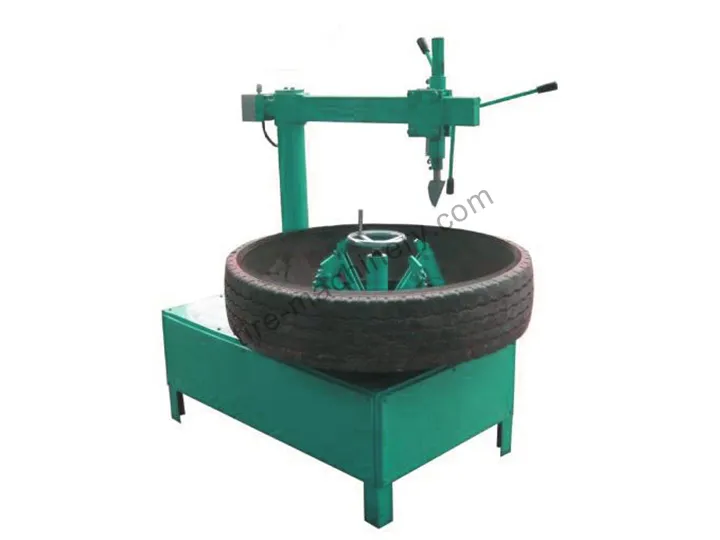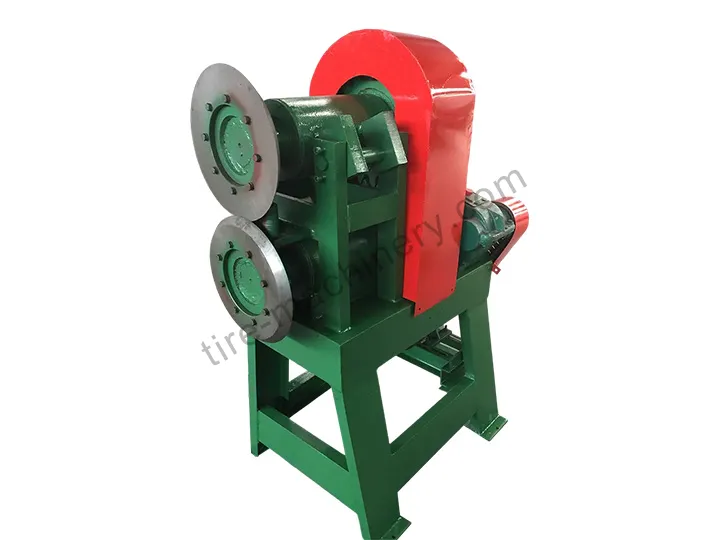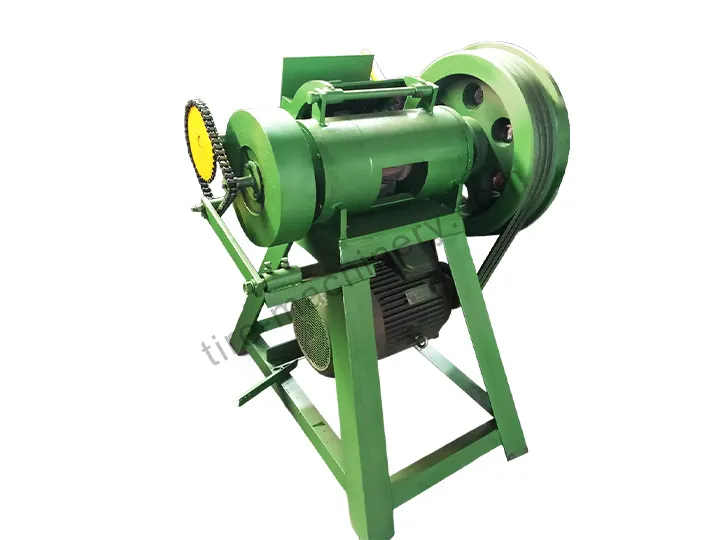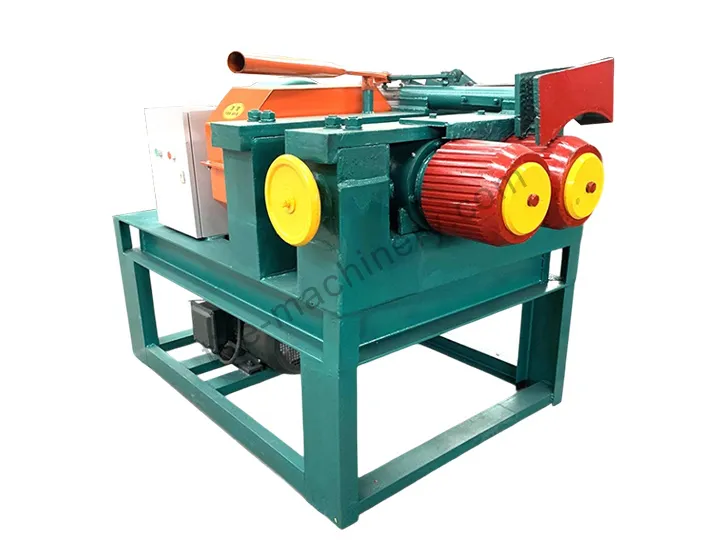A Comprehensive Guide to Tire Recycling Pre-treatment
This article provides a definitive explanation of tire pre-processing. It breaks down what the term means, why it is the most critical step in any successful recycling workflow, and how it directly impacts profitability by protecting equipment and enhancing material quality. It also introduces the core equipment used to achieve effective pre-treatment.
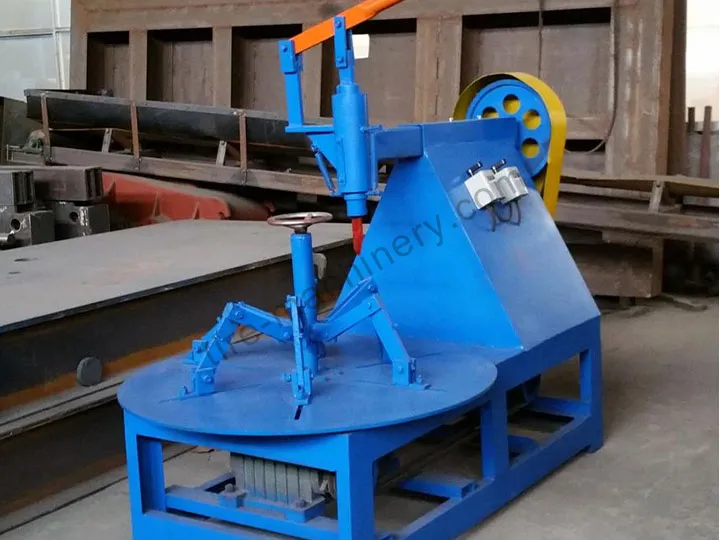
Many tire recycling plants struggle with high operational costs, inconsistent throughput, and frequent equipment failures. The difference between a struggling operation and a highly profitable one often lies in a single, strategic phase at the very beginning of the tire recycling workflow: pre-processing. But what exactly does this industry term mean, and why is it so critical?
This guide will define the concept of tire pre-processing, explain its profound importance, and introduce the core equipment that makes it possible.
What Exactly is Tire Pre-processing?
In the context of tire recycling, pre-processing is not a single action but a systematic workflow designed to prepare whole, end-of-life tires for the primary shredder. It is the essential first step of tire recycling. The primary objectives of this tire pre-shredding preparation are:
- To remove the most problematic components: Specifically, the high-tensile steel bead wire bundled within the tire’s inner ring.
- To break down the tire’s structure: To create a more uniform, manageable feedstock for downstream equipment.
Understanding this tire recycling terminology is crucial because it shifts the focus from brute-force shredding to an intelligent, multi-stage process. The goal is to create shredder-ready material, not just to make tires smaller.
The Importance of Tire Recycling Pre-treatment: Why It’s Non-Negotiable
Ignoring this phase is the single most expensive mistake a recycling operation can make. The value of pre-processing in recycling is not a minor optimization; it is a fundamental driver of profitability. Here’s why.
Asset Protection: Protecting Your Most Expensive Machinery
The primary benefit is protecting shredder blades. The steel bead in a tire is incredibly tough and abrasive. Feeding it directly into a shredder causes catastrophic blade wear, chipping, and fractures, leading to enormous reducing shredder maintenance cost bills and significantly shortening the machine’s lifespan. An effective pre-treatment process eliminates this threat.
Efficiency Amplification: Improving Recycling Efficiency
When a shredder battles with steel beads, it consumes more power and its throughput plummets. By preparing tires for shredding properly, the shredder can process the softer, cleaner rubber tread at a much faster and more consistent rate. This directly leads to improving recycling efficiency and lowering energy consumption per ton.
Profit Maximization: Unlocking Hidden Value
The cost of not pre-processing tires is also a story of lost revenue. When the steel bead is cleanly removed during the tire bead removal process, it can be sold as a high-quality scrap metal, creating an additional income stream. This is a core component of maximizing recycling profit.
Quality Enhancement: Creating Steel-Free Rubber Feedstock
The final quality of your rubber crumb or powder is paramount. A proper pre-treatment process results in a steel-free rubber feedstock entering the main line, significantly reducing the chances of steel contamination in your final product and thereby increasing its market value.
The Core Tire Pre-processing Equipment You Need
While the concept of pre-processing is clear, its execution depends on specialized tire pre-processing equipment. The cornerstone of this phase is the Tire Ring Cutter.
Tire Sidewall Cutter
This machine, also known as a tire sidewall cutter, is designed for one specific, crucial task: the clean sidewall separation from the tire tread, it is the first step of waste tire pre-processing step. Unlike a tire debeader machine which pulls the wire out, a ring cutter makes a precise cut, which is often a faster and more efficient method for preparing tires for the next stage. Our TCC-1250 pre-processor is engineered for this exact purpose.
This pre-processing step is the foundation for an entire Rubber Powder Production Line. The importance is even more pronounced when dealing with massive tires, where a dedicated workflow for pre-processing for OTR tires is essential for success, forming the basis of a complete OTR Tire Recycling Line.
Answering Your Key Questions about Tire Recycling Pre-processing
Why is pre-processing necessary for tire recycling?
It is necessary because it protects your primary shredder from extreme wear, drastically reduces maintenance costs, improves overall plant efficiency, and increases the quality and value of your final recycled products.
What machines are used for tire pre-processing?
The primary machines include tire ring cutters (sidewall cutters), tire strip cutter, block cutter and tire debeaders. The choice depends on the specific workflow and operational goals, with ring cutters often providing a faster path to creating shredder-ready material.
In short, tire recycling pre-treatment is not an optional extra. It is the strategic, foundational investment that separates inefficient, high-cost operations from the profitable leaders in the industry.

